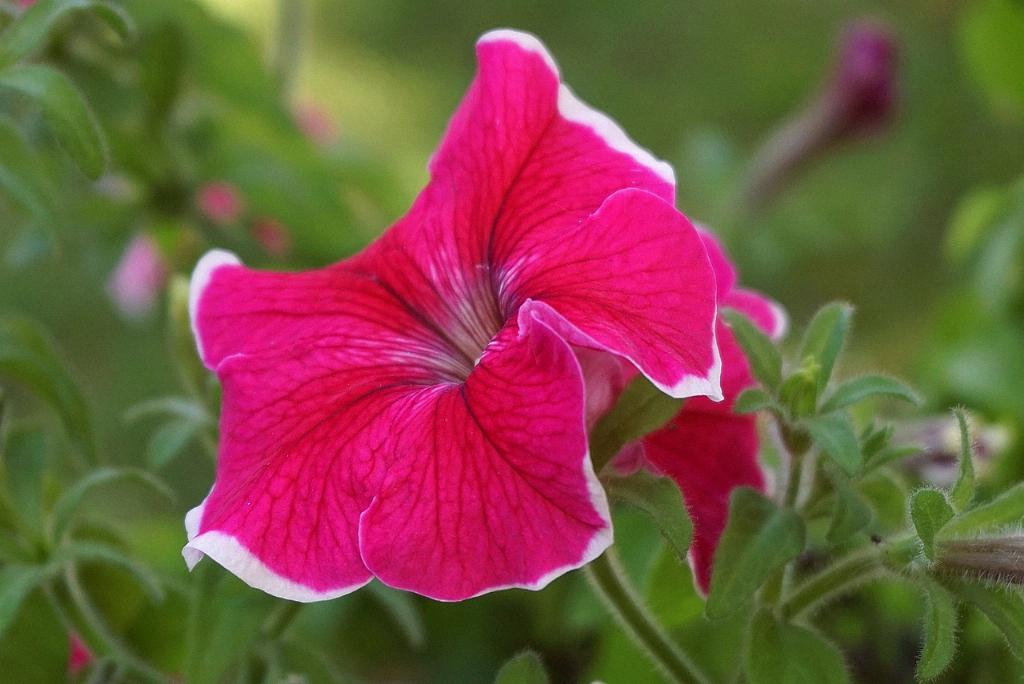When it comes to the temperature tolerance of petunias, there are several key factors to consider to ensure these beautiful flowers thrive in your garden. Petunias, beloved for their vibrant colors and long blooming season, have specific temperature requirements that can influence their growth and overall health.
Optimal Temperature Range
Petunias prefer nighttime temperatures in the range of 55 to 65°F, providing them with the ideal conditions for growth and blooming. Daytime temperatures between 61 and 80°F are also preferred, allowing these plants to flourish and display their stunning flowers to the fullest.
Sub-Freezing Temperatures
It’s essential to protect petunias from sub-freezing temperatures, as they are highly sensitive to cold. Any temperatures below 40°F pose a significant risk to petunias and may cause irreparable damage to the plants. Therefore, it’s crucial to take precautions during chilly weather to safeguard these delicate flowers.
Wave® Petunias Exception
Wave® petunias stand out due to their exceptional cold tolerance, with the ability to withstand temperatures as low as 35°F. This unique quality makes Wave® petunias a reliable choice for cool climates or unpredictable weather conditions where other petunia varieties may struggle.
Impact of Extreme Temperatures
Exposure to extreme temperatures, whether excessively hot or cold, can have detrimental effects on petunias. High temperatures above 80°F can cause stress to the plants, leading to wilting and reduced blooming. Conversely, frost and freezing temperatures can result in damage or even death of the petunias.
Protecting Petunias in Cold Weather
During colder months or chilly nights, it’s crucial to take steps to protect petunias from freezing temperatures. Covering the plants with frost cloth or bringing potted petunias indoors can help prevent damage and ensure their survival until warmer conditions return.
Optimal Growing Conditions
Providing petunias with the right growing conditions, including adequate sunlight, well-draining soil, and proper watering, can enhance their resilience to temperature fluctuations. By maintaining these optimal conditions, you can help petunias withstand varying temperatures and thrive in your garden.
Observing Petunia Responses
Monitoring petunias’ responses to temperature changes is key to ensuring their well-being. Pay attention to any signs of stress, such as wilting, yellowing leaves, or slowed growth, as these may indicate that the plants are experiencing temperature-related issues that need to be addressed promptly.
Adapting to Climate Variations
For gardeners in regions with fluctuating temperatures, selecting petunia varieties known for their temperature tolerance, such as Wave® petunias, can offer added reassurance. These adaptable plants can thrive in a range of conditions, making them a versatile choice for different climates.
Resilience of Wave® Petunias
Wave® petunias, renowned for their vigorous growth and abundant blooms, exemplify the resilience of certain petunia cultivars to temperature challenges. Their ability to withstand colder temperatures expands the possibilities for growing petunias in diverse environments, making them a popular option for many gardeners.

Conclusion
Understanding the temperature requirements and tolerances of petunias is essential for creating an environment where these stunning flowers can thrive. By providing optimal growing conditions, protecting them from extreme temperatures, and selecting suitable varieties, you can enjoy the beauty of petunias in your garden throughout the growing season.
